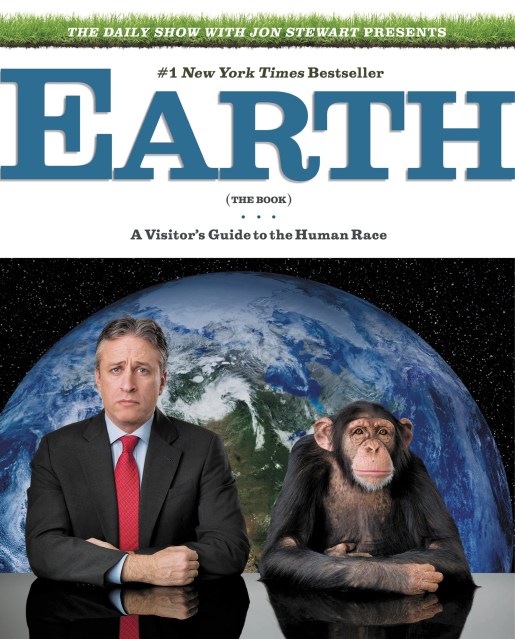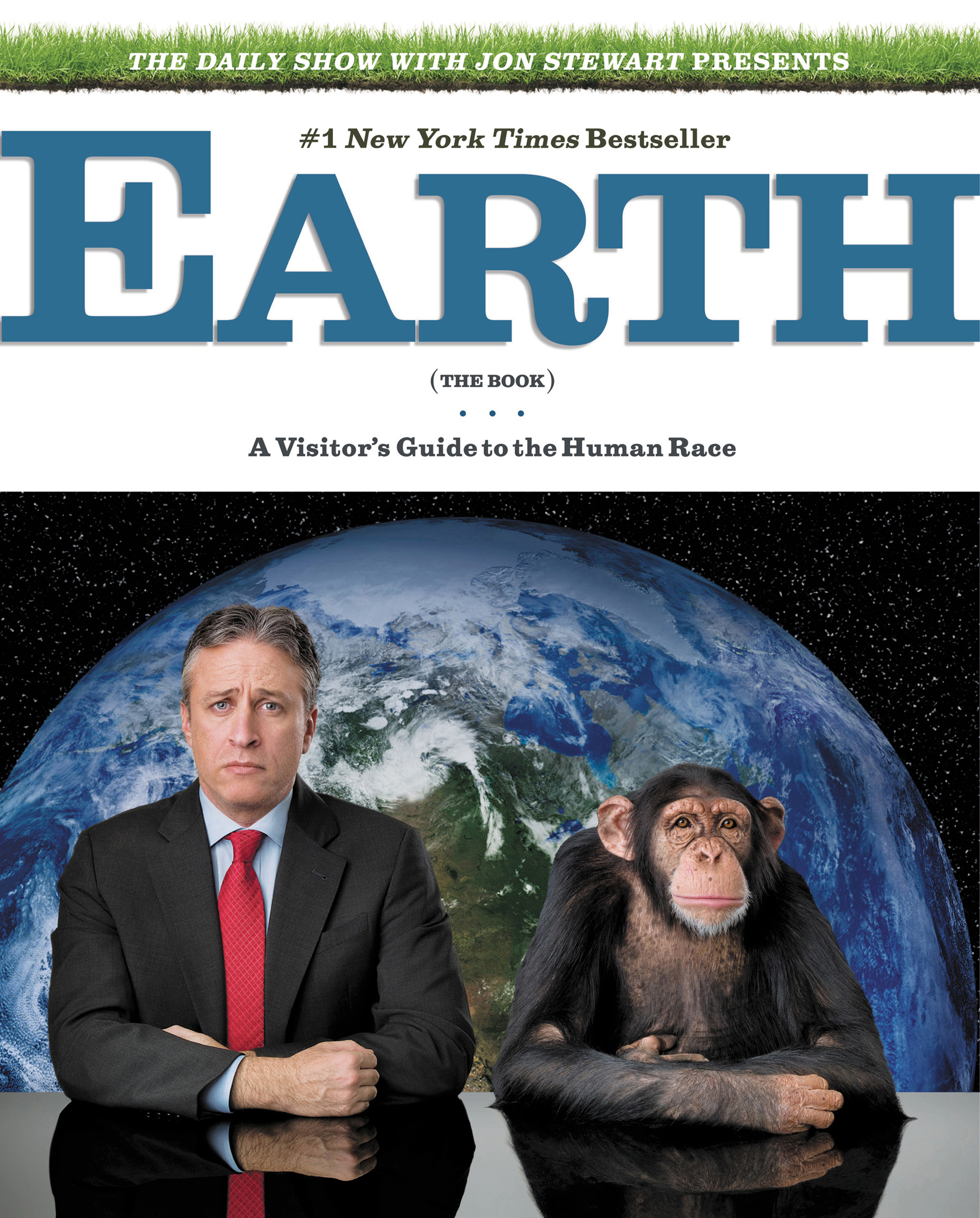Promotion
Use code FALL24 for 20% off sitewide!
The Daily Show with Jon Stewart Presents Earth (The Book)
A Visitor's Guide to the Human Race
Contributors
By Jon Stewart
Formats and Prices
Price
$14.99Price
$19.99 CADFormat
Format:
- ebook (Digital original) $14.99 $19.99 CAD
- Audiobook Download (Unabridged)
- Trade Paperback $19.99 $24.99 CAD
This item is a preorder. Your payment method will be charged immediately, and the product is expected to ship on or around November 19, 2013. This date is subject to change due to shipping delays beyond our control.
Also available from:
Where do we come from? Who created us? Why are we here? These questions have puzzled us since the dawn of time, but when it became apparent to Jon Stewart and the writers of The Daily Show that the world was about to end, they embarked on a massive mission to write a book that summed up the human race: What we looked like; what we accomplished; our achievements in society, government, religion, science and culture — all in a tome of approximately 256 pages with lots of color photos, graphs and charts.
After two weeks of hard work, they had their book. Earth (The Book) is the definitive guide to our species. With their trademark wit, irreverence, and intelligence, Stewart and his team will posthumously answer all of life’s most hard-hitting questions, completely unburdened by objectivity, journalistic integrity, or even accuracy.
Genre:
- On Sale
- Nov 19, 2013
- Page Count
- 256 pages
- Publisher
- Grand Central Publishing
- ISBN-13
- 9781455584444
Newsletter Signup
By clicking ‘Sign Up,’ I acknowledge that I have read and agree to Hachette Book Group’s Privacy Policy and Terms of Use







